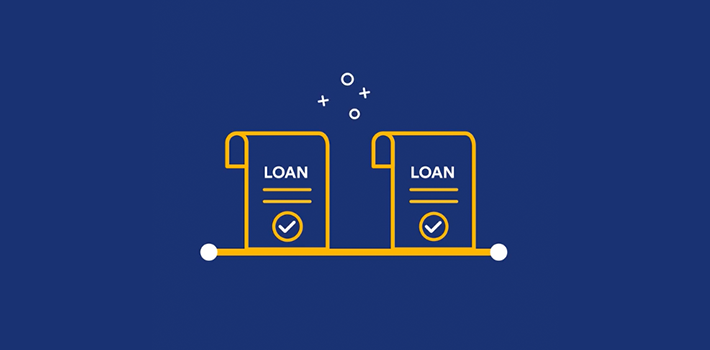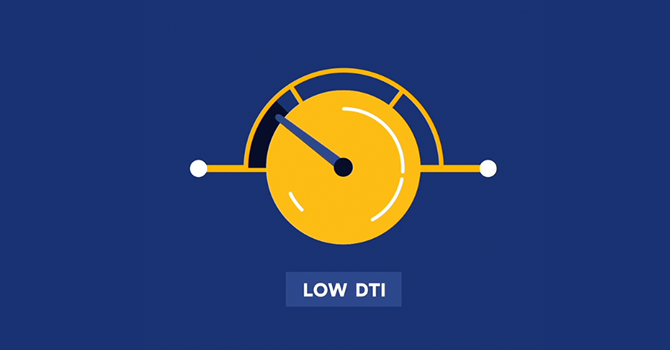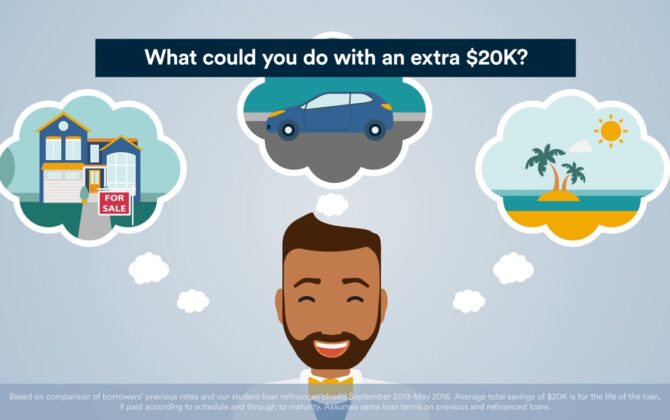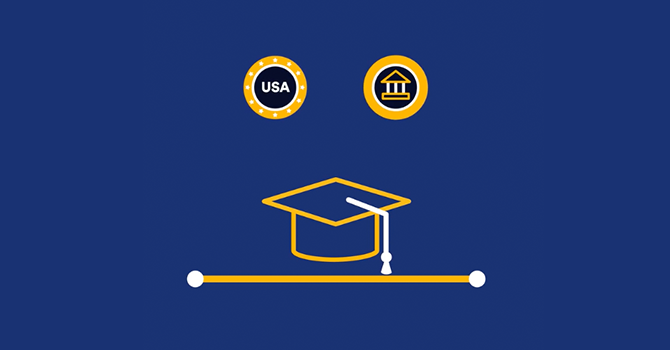What Are Principal and Interest Payments?
Watch to learn about the difference between principal and interest payments.

The amount of your student loan or mortgage payment that goes towards principal versus interest can shift over the term of the loan. In the beginning, much of your payment is applied to interest, whereas near the end, you’re paying mostly towards the principal.
When you take out a student loan or a mortgage, you’ll typically start making monthly payments until you pay off the amount you owe. This is called amortizing. These amortized payments go toward your principal loan amount—the amount you originally borrowed – plus any interest and fees the lender charges you to take out the loan.
However, the amount of your payment that goes towards principal versus interest can shift over the term of the loan. In the beginning, much of your payment is applied to interest, whereas near the end, you’re paying mostly towards the principal.
With each monthly payment, the amount dedicated to paying off the principal grows as the interest shrinks—until you’ve succeeded in paying off your loan.
Don’t miss the latest financial resources.
This site is protected by reCAPTCHA and the Google Privacy Policy and Terms of Service apply.
Get tailored Laurel Road resources delivered to your inbox.
Search Results


